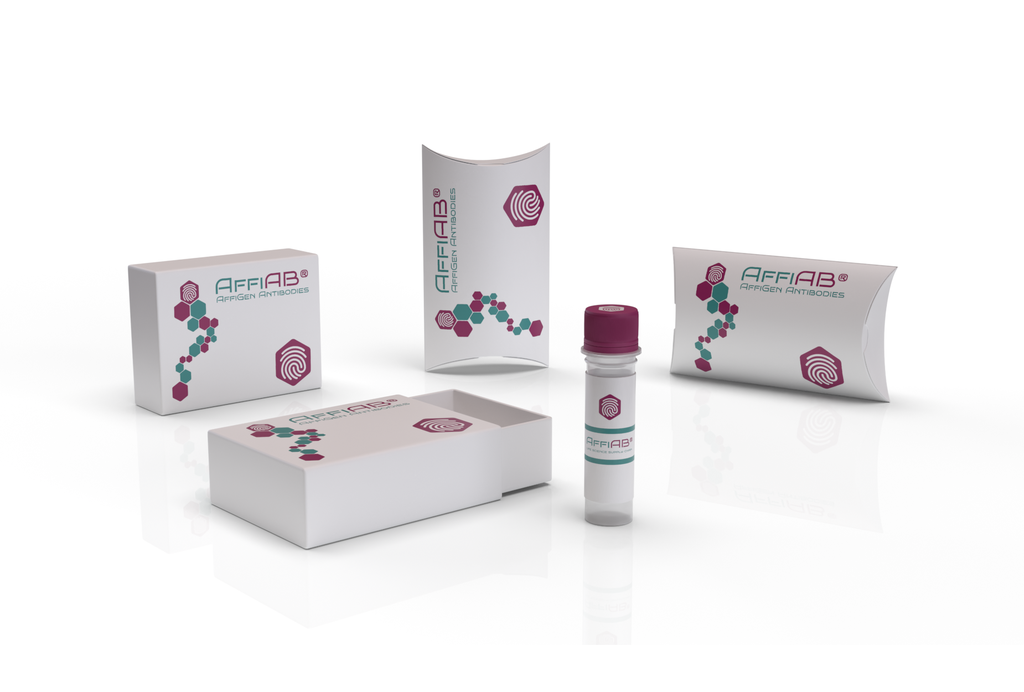AffiAB® Anti-FARS2 Antibody
This gene encodes a protein that transfers phenylalanine to its cognate tRNA. This protein localizes to the mitochondrion and plays a role in mitochondrial protein translation. Mutations in this gene can cause combined oxidative phosphorylation deficiency 14 (Alpers encephalopathy) . Alternative splicing results in multiple transcript variants. Is responsible for the charging of tRNA (Phe) with phenylalanine in mitochondrial translation. To a lesser extent, also catalyzes direct attachment of m-Tyr (an oxidized version of Phe) to tRNA (Phe) , thereby opening the way for delivery of the misacylated tRNA to the ribosome and incorporation of ROS-damaged amino acid into proteins.
Antibody type
Rabbit polyclonal Antibody
Uniprot ID
SwissProt: O95363 Human; SwissProt: Q99M01 Mouse; SwissProt: Q6AYQ3 Rat
Recombinant
NO
Conjugation
Non-conjugated
Host
Rabbit
Isotype
IgG
Clone
N/A
KO/KD
N/A
Species reactivity
Human, Mouse, Rat
Tested applications
WB, IF-Cell, IHC-P
Predicted species reactivity
N/A
Immunogen
Synthetic peptide within human FARS2 aa 50-100 / 451.
Storage
Store at +4°C after thawing. Aliquot store at -20°C. Avoid repeated freeze / thaw cycles.
Form
Liquid
Storage buffer
1*TBS (pH7.4) , 0.2% BSA, 50% Glycerol. Preservative: 0.05% Sodium Azide.
Concentration
1 mg/mL.
Purity
Immunogen affinity purified.
Signal pathway
N/A
Recommended dilutions
WB: 1:1, 000; IF-Cell: 1:50; IHC-P: 1:100
Molecular Weight
Predicted band size: 52 kDa
Subcellular location
Mitochondrion matrix, Mitochondrion.
Positive control
Rat colon tissue lysate, 293T cell lysate, SH-SY5Y, rat testis tissue, human small intestine tissue, mouse cerebellum tissue, SiHa.
